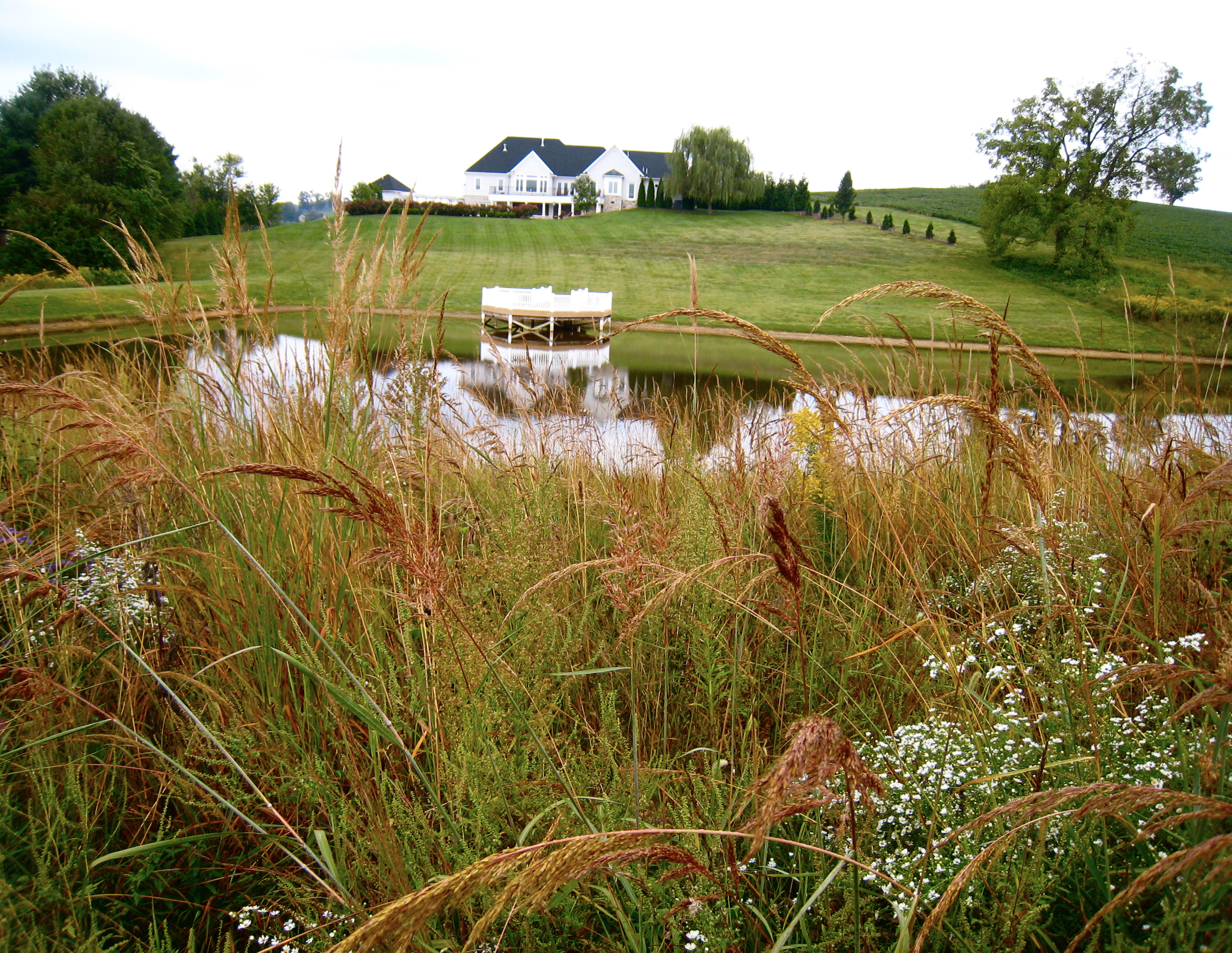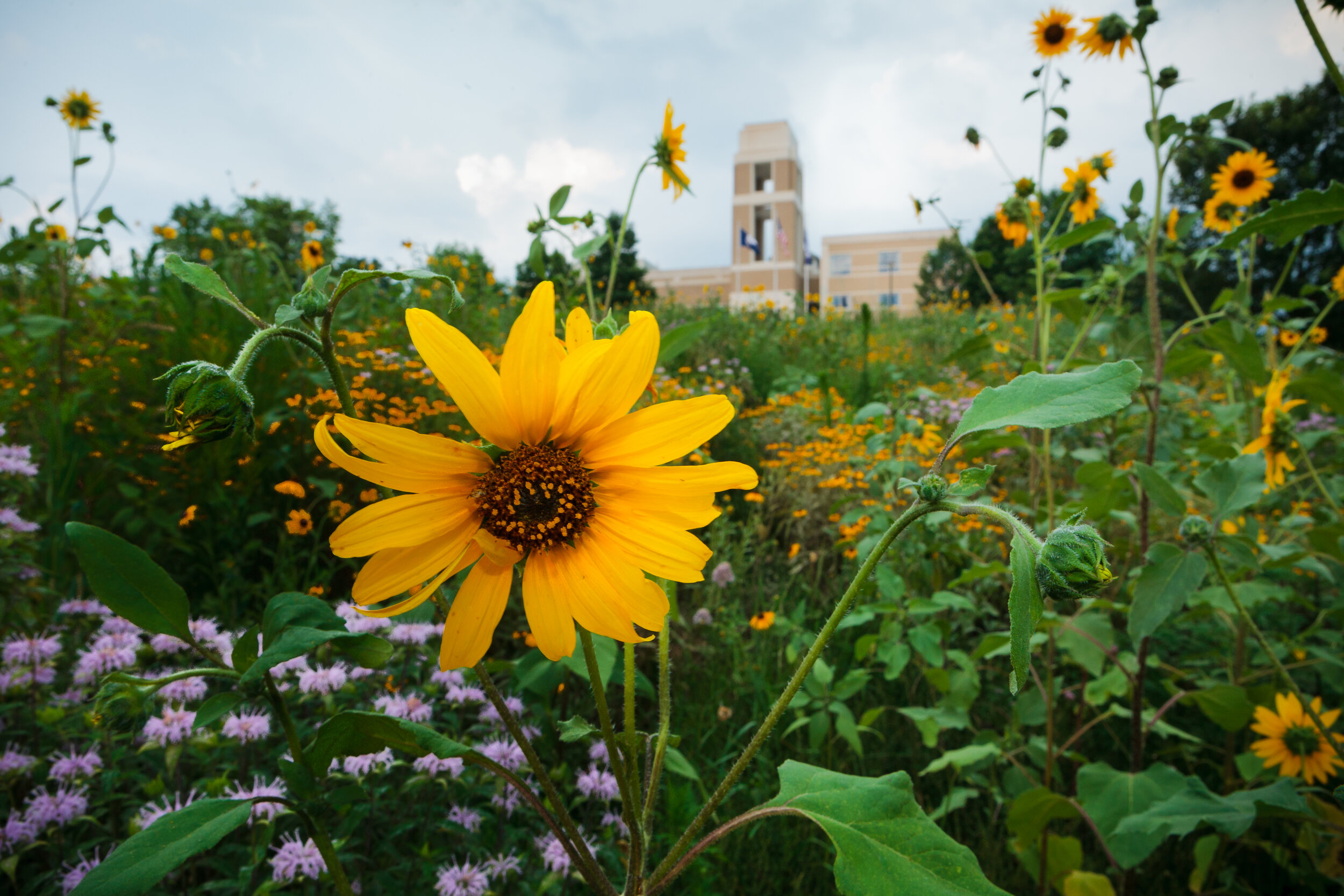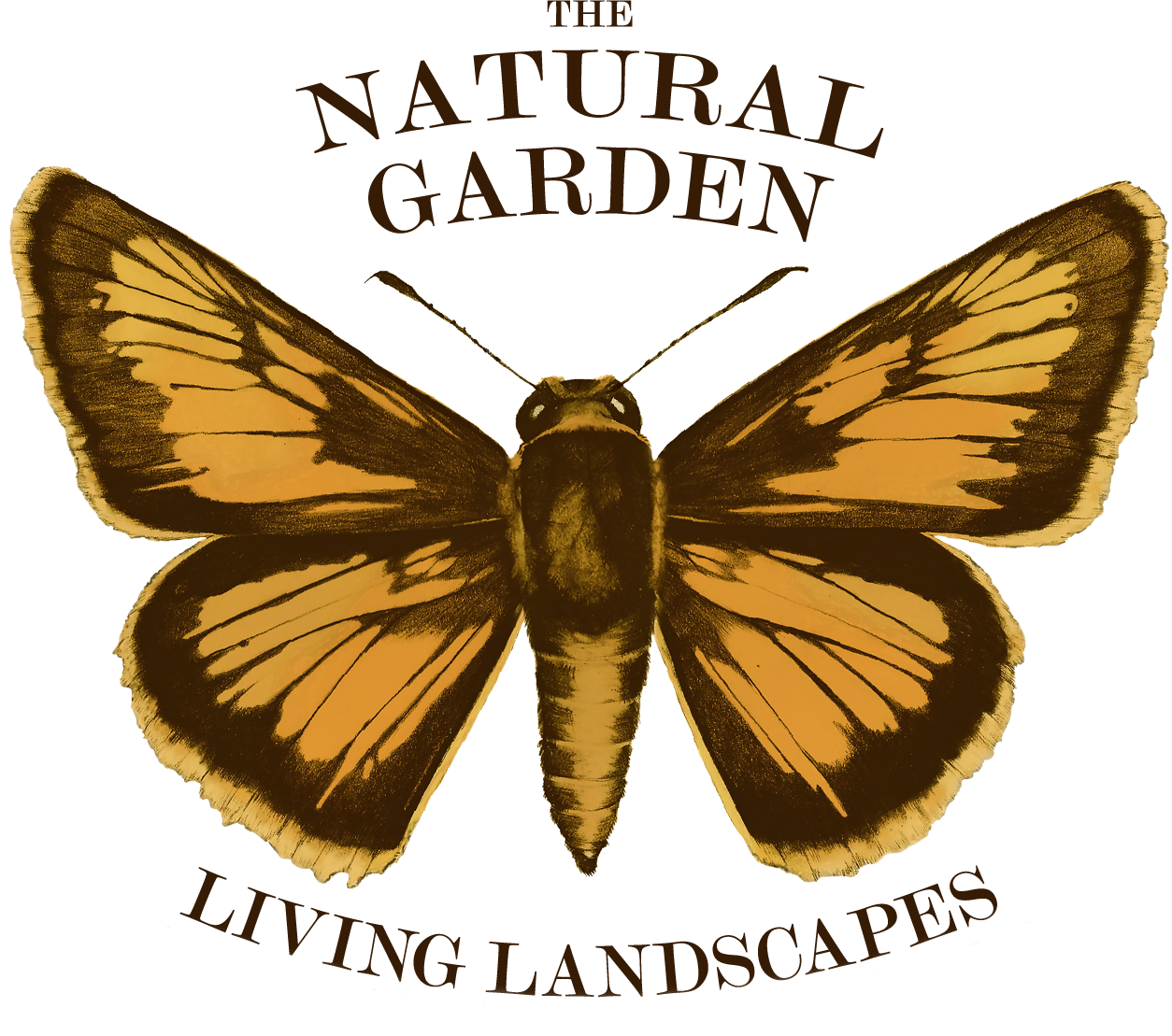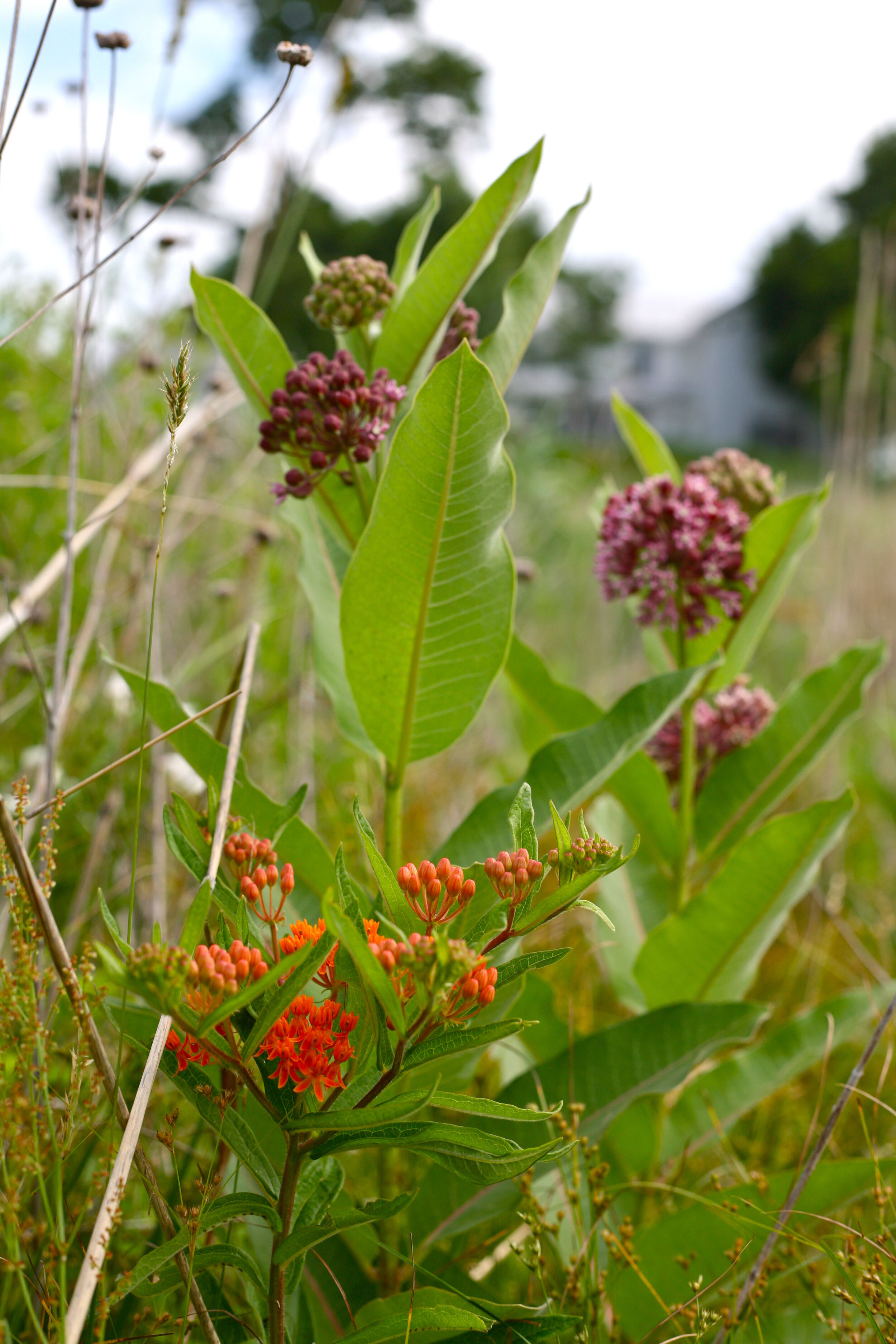
Meadow restoration
The Natural Garden has a decade of experience creating ecologically diverse and enduring meadows. We select plants species native to the county and ecoregion of each site we design and restore. Experience has taught us that site assessment and preparation, careful planning, and the right native species mix must be followed up with a carefully crafted maintenance plan. A meadow continues to develop for four to five years before it becomes fully established.
Each meadow project requires the following steps for success:
meeting to discuss goals and expectations for your meadow, to to review partnership opportunities with funding bodies
site analysis (biological/land use survey and soil test)
site preparation (invasive vegetation removal and erosion control planning)
native seed mix designed for region, site conditions and client objectives
no-till seeding with our specialized equipment (in most cases)
a five-year maintenance plan tailored to your specific site and seed mix
Our three-box no-till seeder specially designed for planting meadow seed mixes.

A meadow is a changing landscape
A first-year meadow consists of quickly germinating seeds like Black-eyed Susans, native grasses, and an annual nurse crop. The second year meadow may look quite different as biennial seeds in the mix begin to germinate. By the third year, some of the first-year species will have disappeared in order to make room for longer-lasting perennials.
Each mix we design includes species to fill different niches in space and time. We customize the mix to suit client preferences as well as ecological needs. Part of the joy of planting a meadow is to see how it evolves from season to season and from year to year.
As the meadow becomes more established, the changes will become less dramatic—yet ever surprising and dynamic.
















































